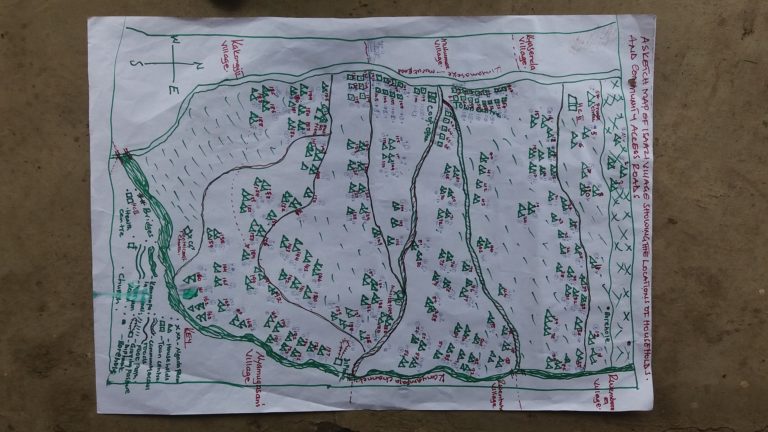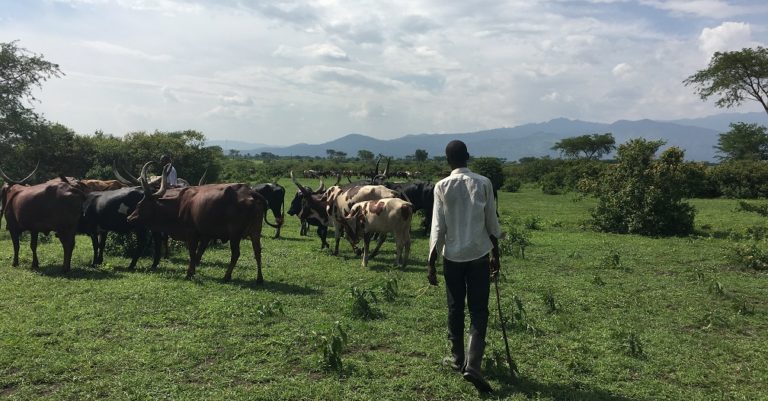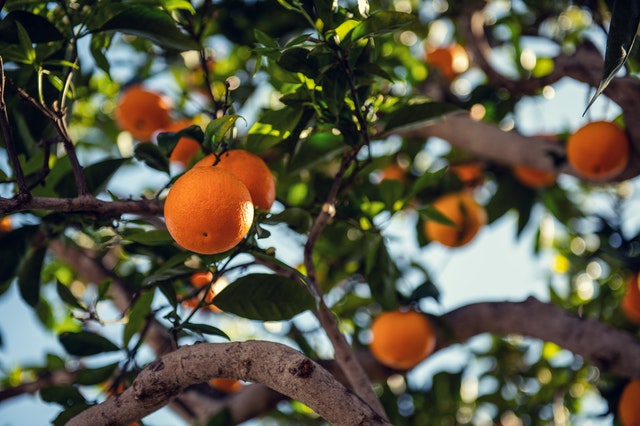This blog post is written by Karolin Andersson, PhD student in Rural Development at the Department of Urban and Rural Development, SLU.

Over time, gender inequality in global development has been addressed in different ways with varying outcomes and effects on people. Some approaches have been criticized by feminists and other activists for not taking the issue seriously, and for using the strategy of gender mainstreaming as a means to achieve economic growth rather than equality. In some areas of development, such as agriculture, gender transformative approaches to development research and practice have emerged in response to such critique.
Gender inequality has been considered a crucial issue in global development since the Fourth World Conference on Women in Beijing 1995. Today, gender inequality is often addressed through the governance strategy of gender mainstreaming, which intends to challenge and change gender biases that lead to unequal development outcomes. In practice, however, gender mainstreaming efforts have mostly meant integrating and including more women into existing development projects and programs without challenging their underlying structures, gender norms, and unequal power relations that are the root causes to gender inequality. This has tended to turn gender mainstreaming into an instrument towards other goals such as economic growth, and it has contradictory cemented ideas of women as both especially vulnerable and as responsible for their own empowerment and for alleviating poverty and hunger. This approach has little prospects to achieve just, and thus sustainable, development outcomes.
Therefore, feminist researchers and practitioners persistently continue to reveal and challenge the biases and unequal effects of the dominant ways of addressing gender inequality in global development policy and practice, and of how gender mainstreaming is implemented. Many argue that if gender equality is to become an actual reality, development ideology, theory, and practice need to connect with and fully integrate feminist ideas and ideals of care, justice, and emancipation. Only then may it become possible to achieve sustainable and sustained social change.
Optimistically, some progress has been made over the past decade in this regard, for example within agricultural development. Researchers and practitioners in this field have increasingly challenged and questioned how gender has been addressed in agricultural discourse, including turning gender, and women in particular, into instruments of and as responsible for development objectives through modernized agriculture. In response, agricultural development actors have gained an increased awareness of the significance of power relations, gender norms, and unequal structures in agriculture. This has led to an emergence of what has been termed gender transformative approaches to agricultural development policy and programming. This broad range of approaches include a view that development interventions should engage with and prioritize the underlying constraining social structures and intersectional power dynamics that perpetuate gender inequalities at different scales. Gender transformative in this context refers to fostering the examination of gender dynamics and norms and intentionally strengthening, creating, or shifting structures, practices, relations, and dynamics toward equality. Application of such gender transformative approaches to development interventions could have positive effects on both the unequal gender relations and the sustainability of agricultural and development outcomes across scales. Indeed, linking development interventions with feminist objectives of challenging and changing unequal power relations and gender norms is the necessary pathway to realize a sustainable tomorrow.
In a recent article*, Karolin, together with Katarina Pettersson and Johanna Bergman Lodin, analyze how gender inequality is addressed in Rwanda’s current agricultural policy. The analysis shows that the policy’s gender mainstreaming efforts end up addressing the effects rather than the causes to gender inequality in agriculture, and that gender equality indeed becomes a means to achieve economic growth rather than social justice. The paper argues that the policy thereby risks reproducing and exacerbating existing inequalities, and suggests that it instead engages more with gender transformative approaches to challenge the underlying structures, gender norms, and unequal power relations that persist in Rwanda’s agriculture sector.
*Andersson, K., Pettersson, K., and Bergman Lodin, J. (2022). Window dressing inequalities and constructing women farmers as problematic – gender in Rwanda’s agriculture policy. Agriculture and Human Values, https://doi.org/10.1007/s10460-022-10314-5.



 Photo: Plant Protection Drone by viva14 /
Photo: Plant Protection Drone by viva14 / 

